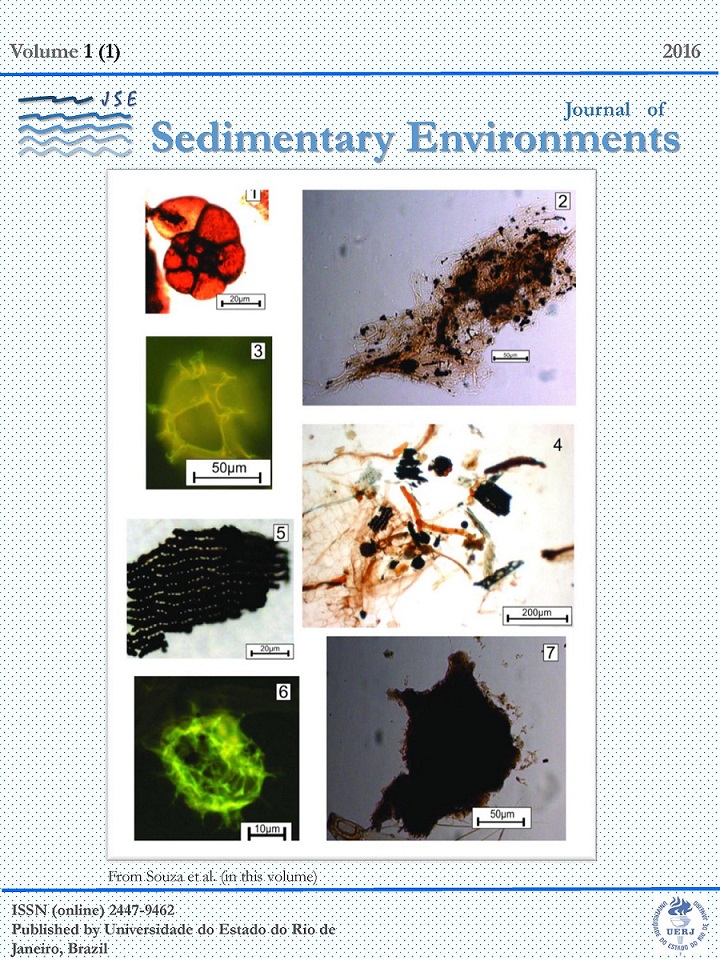TWO-DIMENSIONAL AND THREE-DIMENSIONAL MODELS USED FOR TEACHING HUMAN EVOLUTION IN SECONDARY SCHOOLS. LEARNING PROFICIENCY ASSESSMENT. A CASE STUDY
DOI:
https://doi.org/10.12957/jse.2016.23547Palavras-chave:
Science Education, Human Evolution, Didactic Resources, 2D/3D Models, Paleobiology, Computer.Resumo
The evolution of the human species is a topic of extreme importance reported in the “Parâmetros Curriculares Nacionais do Ensino Médio – PCNEM” (National Curriculum Standards of Secondary Education), although it is not often taught as part of basic education. This work presents the results of an experimental work performed with 31 students of a religious high school of State of Rio de Janeiro. Learning proficiency was assessed by using two-dimensional (2D) and three-dimensional (3D) illustration techniques of hominids skulls and a Pongidae for teaching Human Evolution. The teaching-learning process using these methodologies was more effective with the application of three-dimensional (3D) illustration techniques. The group of students that used 3D illustrations were able to observe similarities and differences between the presented taxonomic models, and formulate hypotheses about their palaeobiology more consistently than the students that used 2D models. Results of this work indicate that the use of three-dimensional techniques (3D) provides an excellent support to teaching-learning process in basic education, captivating and stimulating new interests of students during the educational process.
Downloads
Edição
Seção
Licença

Journal of Sedimentary Environments (JSE) is licensed under a Creative Commons Attribution-Noncommercial-Share Alike 4.0 International License.

